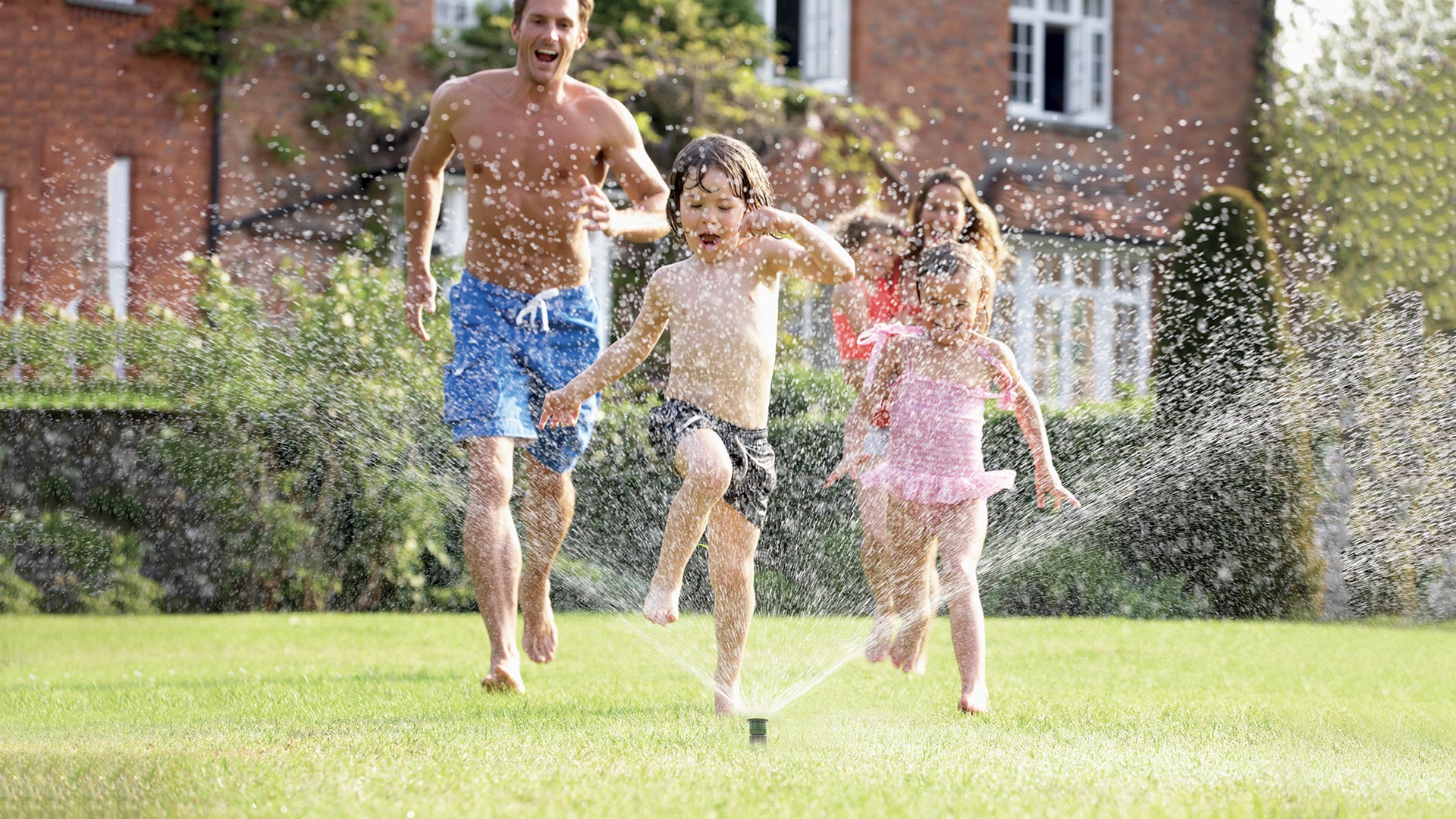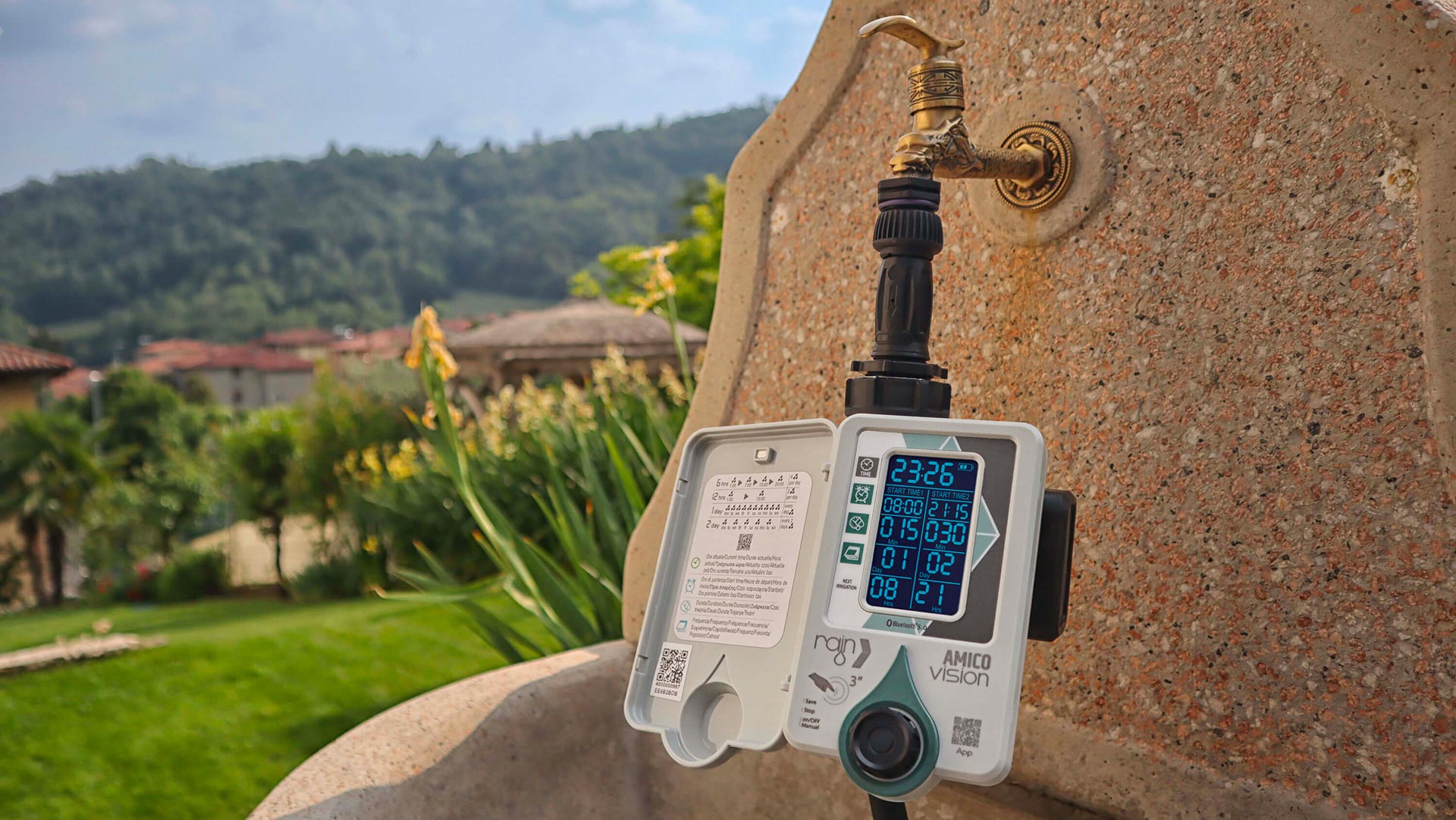
Blog
Irrigation system automation for healthy greenery and water saving
14 September 2023
The advantages of having an automated irrigation system are many, from the satisfaction of admiring a greener and healthier lawn every day to considerable water and financial savings.
Indeed, programming and then automating the irrigation of your garden allows you to:
- Water the garden at the most suitable times of day, early in the morning or late in the evening, when the climate is cooler and the water evaporates more slowly; this both increases the effectiveness of irrigation and avoids thermal shock.
- To schedule irrigation planning for the correct breaks between cycles, preventing turf diseases caused by too frequent watering.
- Always provide the correct amount of water while respecting the water requirements of all vegetation (shaded areas, flower beds, etc.).

Having established the benefits of an automatic irrigation system, let us now turn to the different elements that make it up, namely: control unit, solenoid valves, water sprinklers and sensors.
The irrigation controller, also known as a controller or timer, is the main component which allows you to automate the irrigation system. In this device all irrigation data is memorised (i.e. at what time to water, for how many minutes and how often), which is why it is also considered the ‘brain’ of the system.
The solenoid valves allow the water to flow once the electrical signal is received from the control unit, which is why it is called the ‘heart’ of the system.
The task of sprinklers is to evenly distribute water over the areas to be irrigated. There are two macro-categories: sprinklers, ideal for watering the lawn, and drip emitters (drippers), more suitable for watering hedges, flowers and vegetable gardens.
Finally, the automation of the irrigation system can be completed by installing different types of sensors. Among the most important is the rain sensor, which inhibits automated irrigation when rain events occur. This tool is particularly useful to save water and avoid stressing the lawn.
Last but not least, it is worth mentioning that with the new internet-connected smart controllers, it is possible to access numerous functions that allow you to automate the irrigation system even remotely and to take advantage of the weather forecast by delaying or cancelling programming if the weather forecast predicts rain.
With climate change underway and a growing awareness of the management and waste of such a precious resource as water, relying on a well-designed, automated irrigation system is particularly indispensable in order to enjoy private and domestic greenery with a sense of freedom and serenity.
Discover the latest innovations
in irrigation systems!